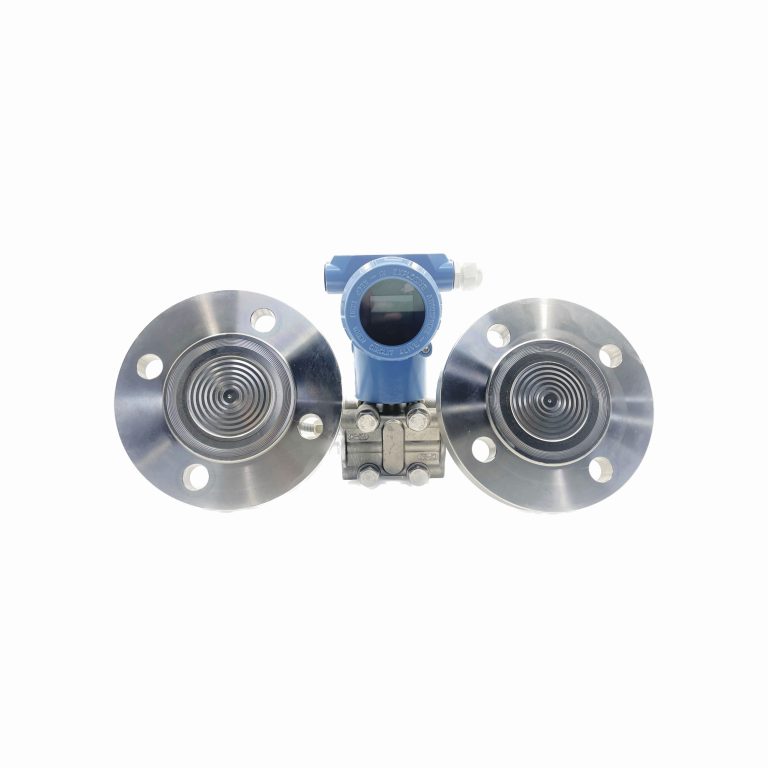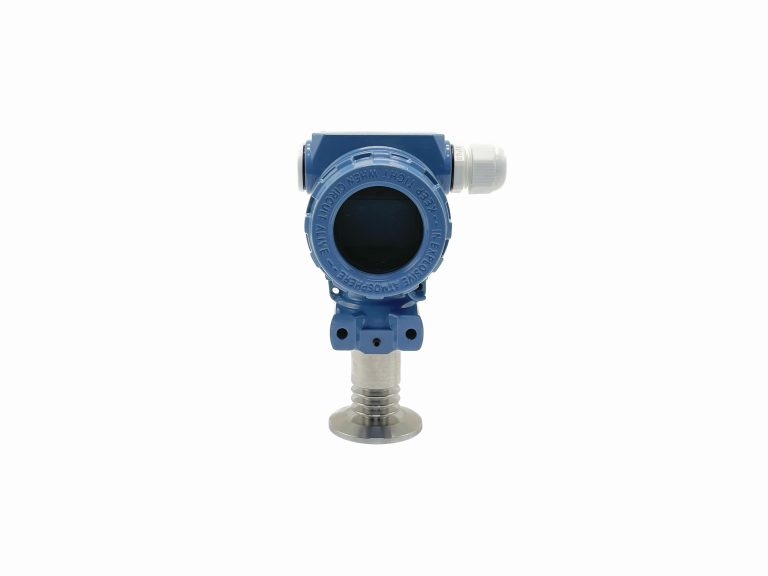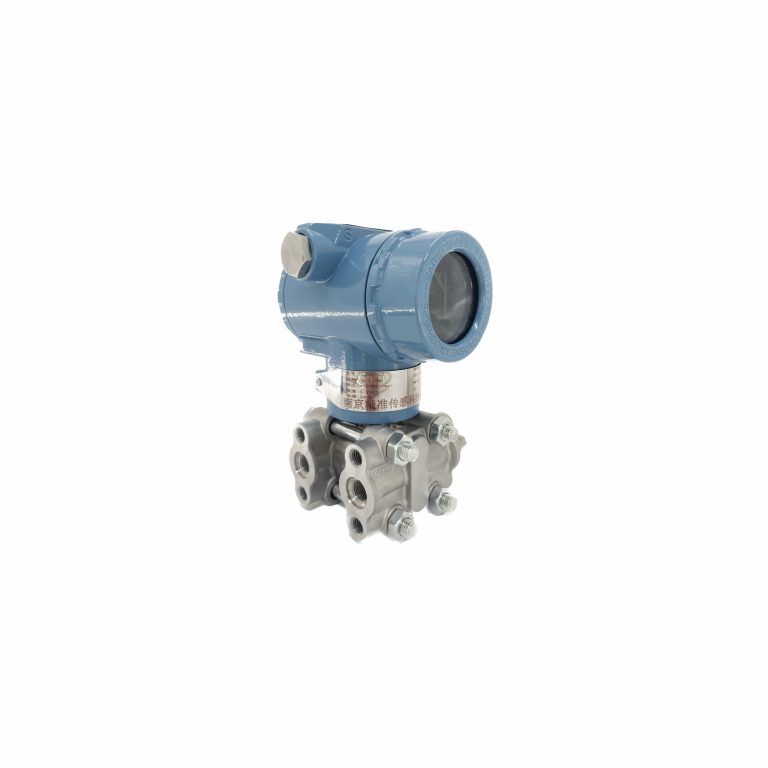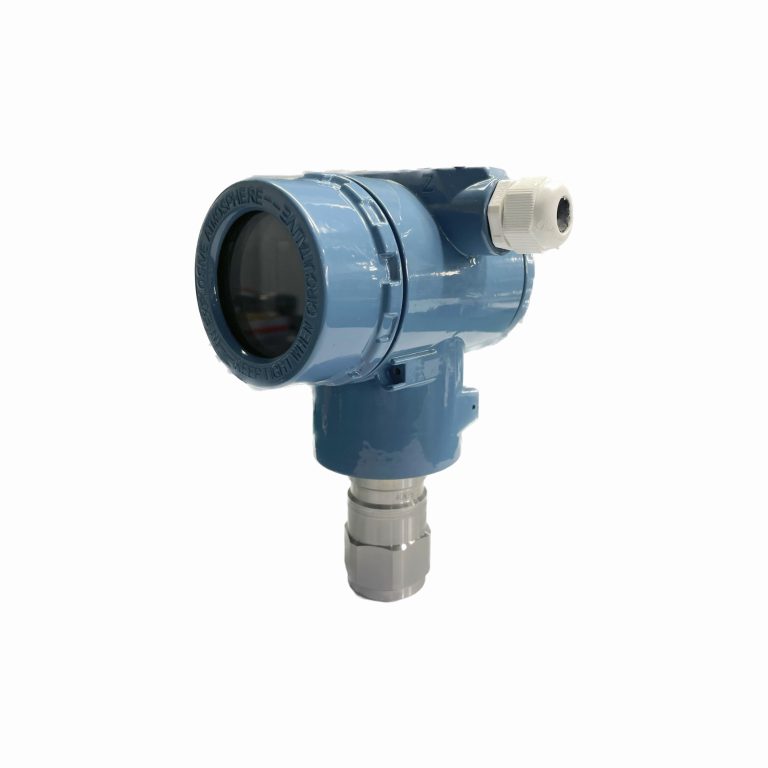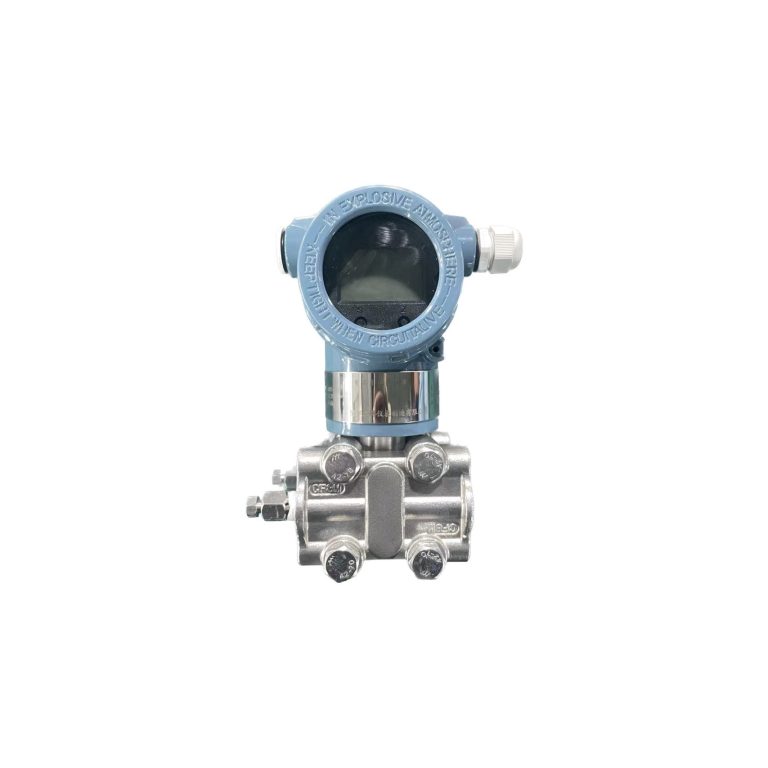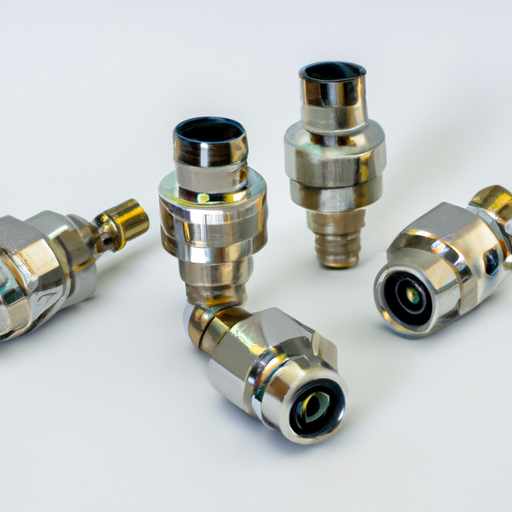Proper Wiring Techniques for Pressure Transmitter Installation
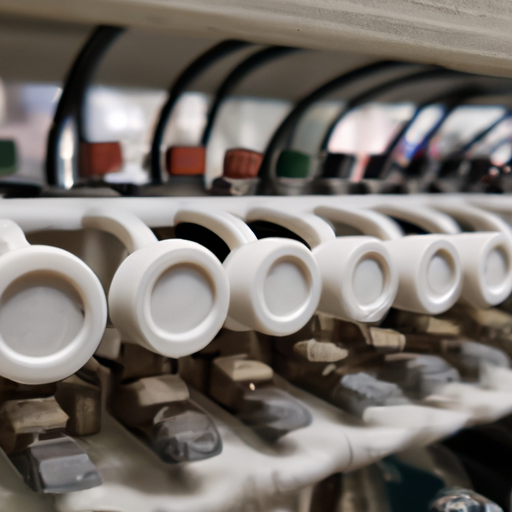
Proper Wiring Techniques for Pressure Transmitter Installation When it comes to installing a pressure transmitter, proper wiring is essential to ensure accurate and reliable measurements. The wiring connection company plays a crucial role in this process, as they are responsible for ensuring that the transmitter is connected correctly to the control system. In this article, we will discuss some key considerations for proper wiring techniques when installing a pressure transmitter. One of the first things to consider when wiring a pressure transmitter is the type of signal being transmitted. Most pressure transmitters use a 4-20 mA signal, which requires a two-wire connection. It is important to ensure that the wiring company understands the requirements of this signal and has the necessary expertise to make the proper connections. Another important consideration when wiring a pressure transmitter is the type of cable used. The cable must be able to withstand the conditions in which the transmitter will be operating, including temperature, humidity, and exposure to chemicals. The wiring company should use high-quality, shielded cable to ensure that the signal is not affected by external interference. Proper grounding is also essential when wiring a pressure transmitter. The wiring company must ensure that the transmitter is properly grounded to prevent electrical noise and interference. This can be achieved by connecting the transmitter to a dedicated ground point using a separate ground wire. In addition to proper grounding, the wiring company must also ensure that the wiring is properly insulated to prevent short circuits and other electrical issues. The insulation should be rated for the conditions in which the transmitter will be operating, and all connections should be securely fastened to prevent any movement or vibration that could cause a loss of signal.
| Measuring medium | Gases, vapours, liquids |
| Inaccuracy | ±0.075% |
| stability | ±0.1%/3 years |

